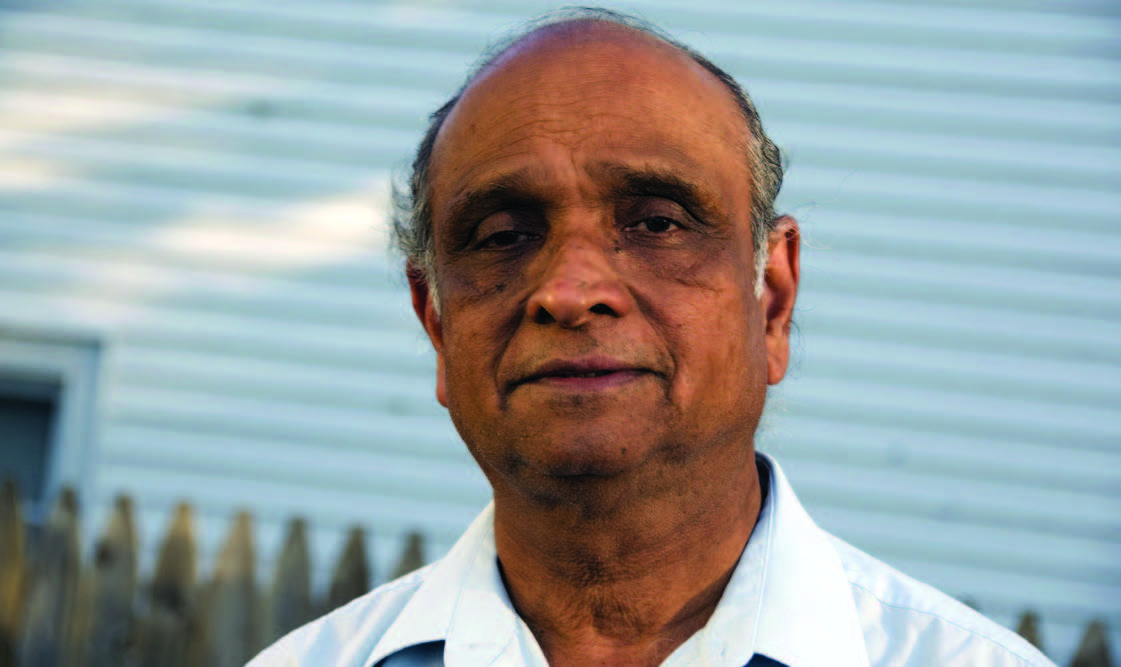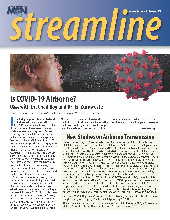
Ajay,* a 60-year-old man living in a West Coast state, has active tuberculosis, but earlier this year he needed to return to his hometown in Andhra Pradesh, India. His doctors enrolled him in Health Network, Migrant Clinicians Network’s virtual bridge case management system, to keep him connected to TB care as he traveled and when he arrived in India.
Health Network Associate Robert Corona received Ajay’s enrollment forms. Several days a week, Rob works outside of US business hours in order to accommodate patients in time zones in the Middle East and Asia. Now that Ajay was enrolled in Health Network, Rob was tasked to contact him, determine his travel plans, connect him with care in his next location, transfer medical records as needed, communicate with the National TB Program in India, and update the enrolling clinic in the US on Ajay’s tuberculosis treatment progress. Ajay’s enrollment forms indicated that English was not his primary language, so Rob used an interpretation service when first calling him. But the enrollment notes were incomplete; it didn’t specify which language Ajay preferred. Consequently, when Rob and the interpreter contacted Ajay, they used Hindi. The first three times that the interpreter and Rob contacted him, they could not connect, with either Ajay hanging up before they could communicate, or not answering the call. During the fourth call, the interpreter realized that Ajay did not speak Hindi, but Telugu, and Rob finally managed to give him the introduction to Health Network and its services, with the help of the interpreter speaking Telugu, and despite a fairly poor connection. Ajay verified to Rob that he had arrived in India, he was feeling well, and he was continuing his TB treatment at a local government hospital. Over the next two months, Rob continued to track Ajay’s progress, ensuring that he was able to continue treatment. Most recently, he spoke with Ajay’s son in the US, who told him that Ajay was still in India and continuing treatment. Ajay’s son is Ajay’s “anchor contact,” a geographically stable relative or close friend who stays in regular contact with the patient while the patient is moving. Health Network maintains communication with anchor contacts to confirm the progress of the patient and as backup if the Associate is unable to establish communication with the patient. Ajay is slated to complete his treatment while still in India, after which Rob will secure completion records to forward back to Ajay’s US-based clinician, and will close the case.
Patient’s preferred language is one data point collected by Health Network, and is an important field in Protocol for Responding to and Assessing Patients’ Assets, Risks, and Experiences (PRAPARE) assessment tool, which is used by health centers around the country. (See sidebar for more on PRAPARE.) After receiving the Health Network enrollment and consent forms, which are filled out by the US-based clinician and signed by the patient, the Health Network Associate inputs the form information, which includes PRAPARE data, into the Health Network database. The PRAPARE data provide additional background information like primary language, ethnicity/race, occupation, and type of residency at time of enrollment. This helps Health Network Associates better serve their patients by illuminating potential barriers to care or highlighting additional occupational health concerns that might otherwise go unnoticed.
“We have always collected this information for individual patient case management, but it’s been only recently that we’ve started using it to think globally of our patient population,” said Deliana Garcia, MCN’s Director of International Projects and Emerging Issues, who supports the Health Network team. As health centers around the country incorporate PRAPARE data points into their electronic health records, Health Network began to document PRAPARE data in the Health Network database in a format that allows for easier data extraction and analysis. This analysis then allows the Health Network team to make better decisions about staffing, language lines, communication platforms, and hours of operation. “We had been [making these decisions] ad hoc, but now we could really look at the data,” to inform the Health Network team, Garcia said.
*Name, locations, and some details have been edited or generalized to protect the identity of the patient.
A snapshot of Health Network patients for the eight months between July 2019 and March 2020 show the changes in enrollment since the opening of the Humanitarian Care Network, in which Migrant Clinicians Network enrolls patients through a Health Network Associate placed in the Catholic Charities Respite Center in McAllen, Texas. Recently, in addition to agricultural worker patients who are primarily Spanish-speaking, Health Network has been enrolling asylum-seeking pregnant women from Haiti and other Caribbean nations or the Democratic Republic of Congo and other African nations. Here are the primary languages of all 550 enrollees during the designated period. While Spanish continues to be the dominant language among enrolled patients, the diversity of languages points to a more complex picture of migration in the US.
What is PRAPARE?
PRAPARE, the Protocol for Responding to and Assessing Patients’ Assets, Risks, and Experiences, is an assessment tool that helps health centers gather data on the social determinants of health of patients while assisting health centers to meet national core measures. The PRAPARE tool has been translated into 26 languages and is used at health centers around the country. It is available in paper format and also as a template for the four most common electronic health record programs.
Read more about PRAPARE and access the tool and associated resources and information on the National Association of Community Health Centers site: http://www.nachc.org/research-and-data/prapare/about-the-prapare-assessment-tool/.
Read this article in the Summer 2020 issue of Streamline here!
Sign up for our eNewsletter to receive bimonthly news from MCN, including announcements of the next Streamline.
